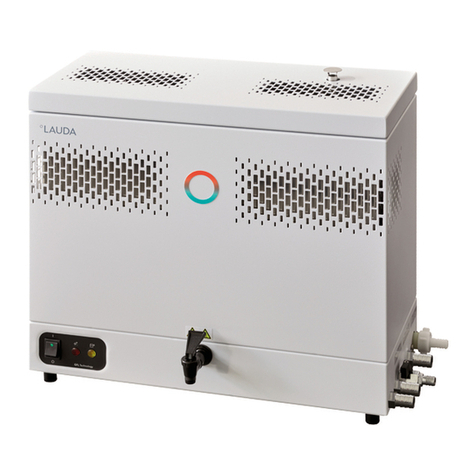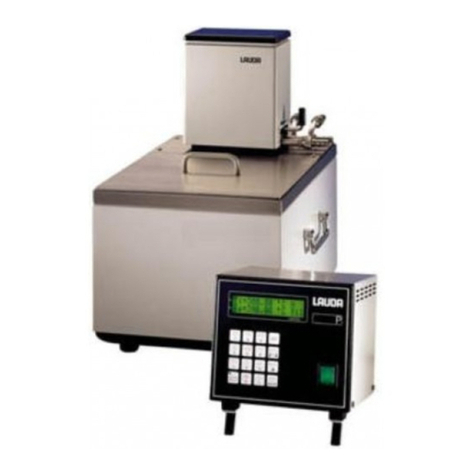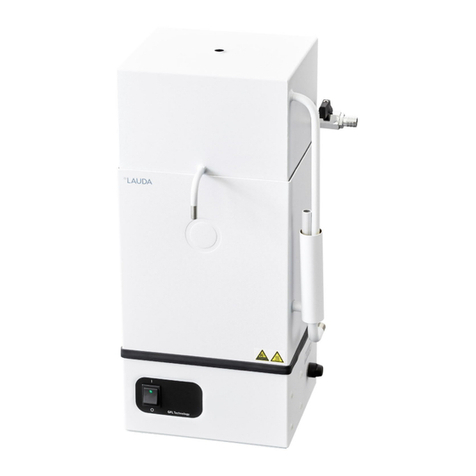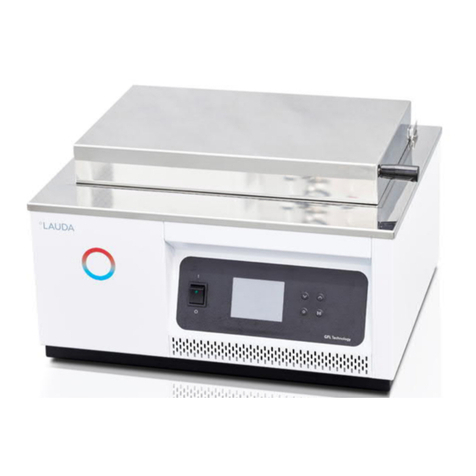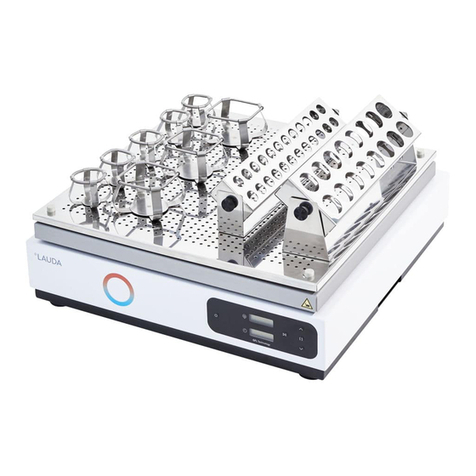
09/2020 Puridest Glass Distillation Apparatus 5 / 34
Content
Operating Instructions .....................................................................................................................................................................1
1Using of the Glass Distillation Apparatus..............................................................................................................................7
Intended Use....................................................................................................................................................................7
Improper Use ...................................................................................................................................................................7
2Warranty ...................................................................................................................................................................................8
3Before Initiation .......................................................................................................................................................................8
4Transport, Set-up and Location of the Distillation Apparatus.............................................................................................8
5Operating Voltage....................................................................................................................................................................9
6Water Connections ...............................................................................................................................................................10
Inlet separate water supply...........................................................................................................................................10
Tap water inlet ...............................................................................................................................................................10
Distillate outlet..............................................................................................................................................................10
Cooling water outlet.....................................................................................................................................................11
Drain Bi-stage boiler ....................................................................................................................................................11
Waste water drain .........................................................................................................................................................11
7Initiation.................................................................................................................................................................................11
8Functional Description .........................................................................................................................................................12
Puridest Glass Distillation Apparatus..........................................................................................................................12
Protection against over-heating in case of low water................................................................................................12
Glass Distillation Apparatus with separate water supply ...........................................................................................12
Glass Distillation Apparatus with level control switch for external storage tank .....................................................12
9Maintenance, Service and Trouble Shooting ......................................................................................................................13
Descaling .......................................................................................................................................................................13
Sterilising .......................................................................................................................................................................13
Water shortage in mono or bi stage ............................................................................................................................14
Pilot lamp "Clean" .........................................................................................................................................................14
10 Disposal of Old Units............................................................................................................................................................15
11 Technical Data .......................................................................................................................................................................16
Puridest Glass Distillation Apparatus models PD 2 G, PD 4 G and PD 8 G.........................................................16
Puridest Glass Bi Distillation Apparatus models PD 2 DG and PD 4 DG .............................................................18
12 Circuit diagram......................................................................................................................................................................19
PD 2 G for 230 V 50 / 60 Hz.................................................................................................................................20
PD 4 G for 230 V 50 / 60 Hz.................................................................................................................................20






